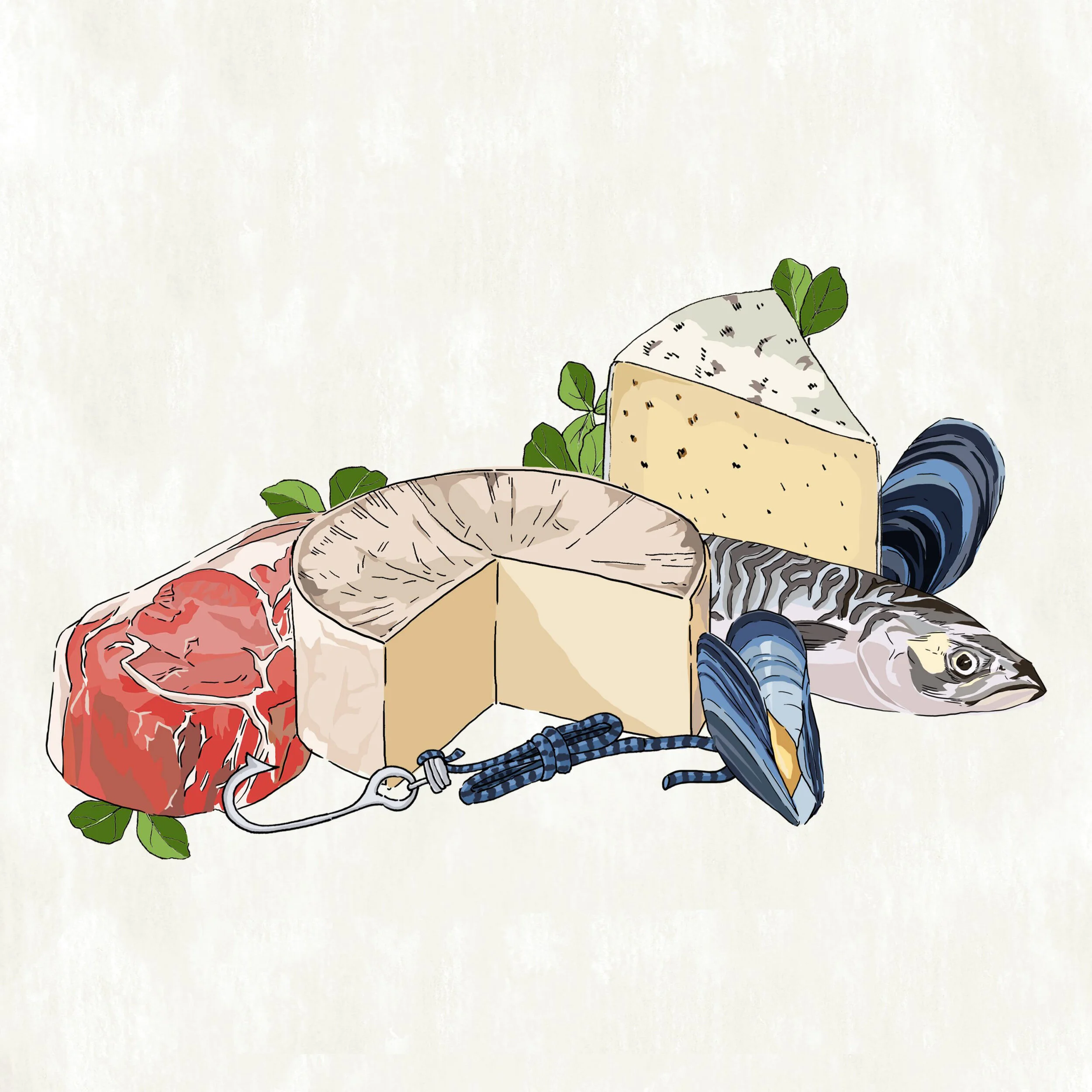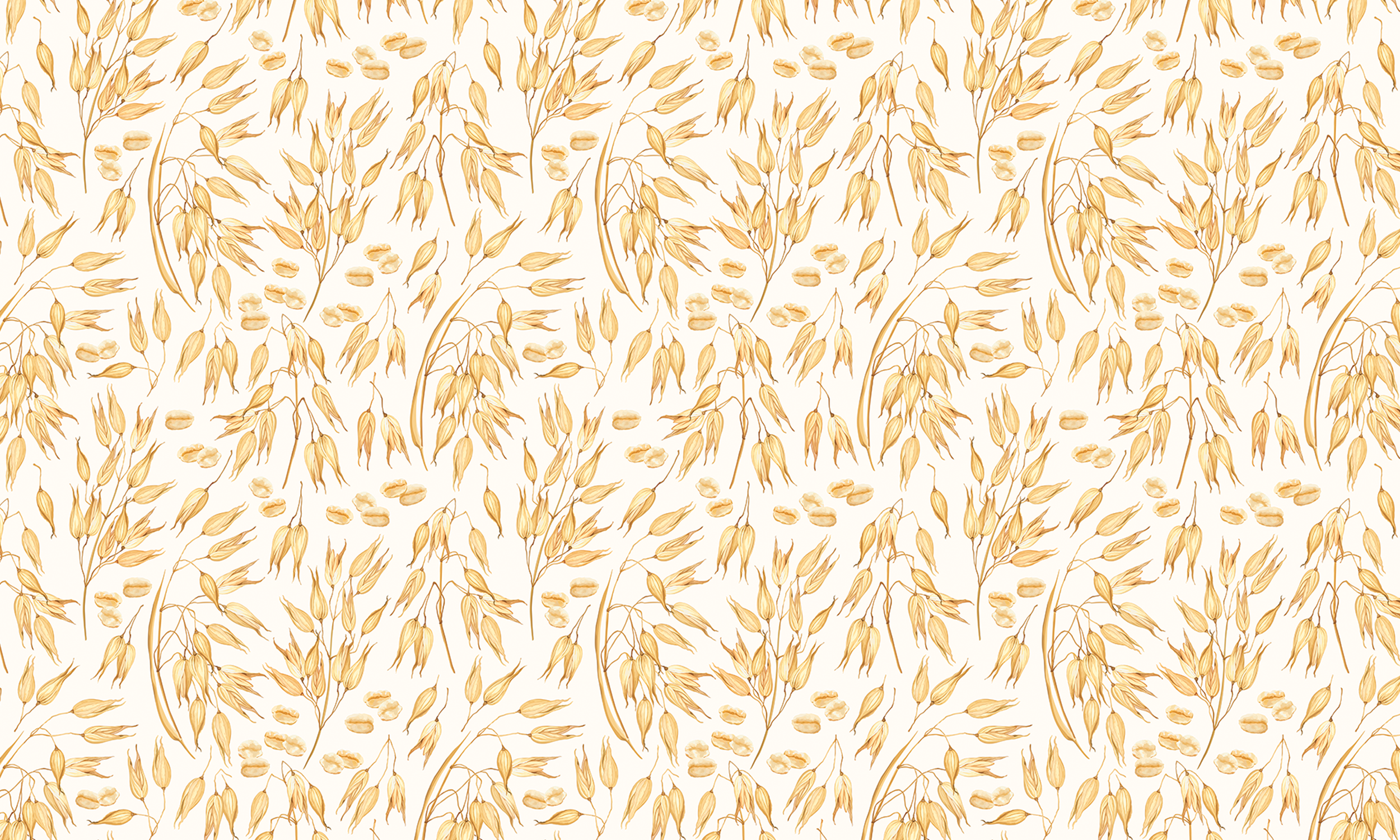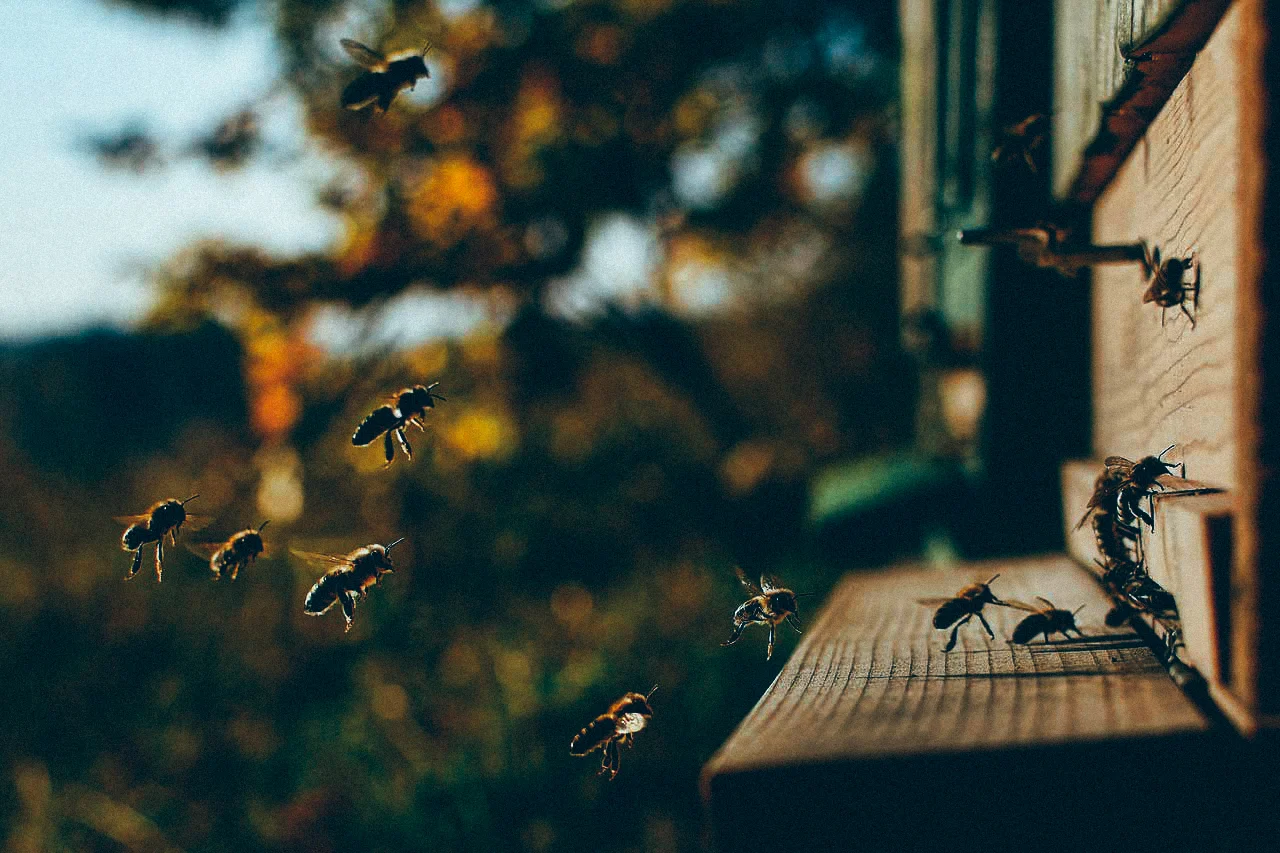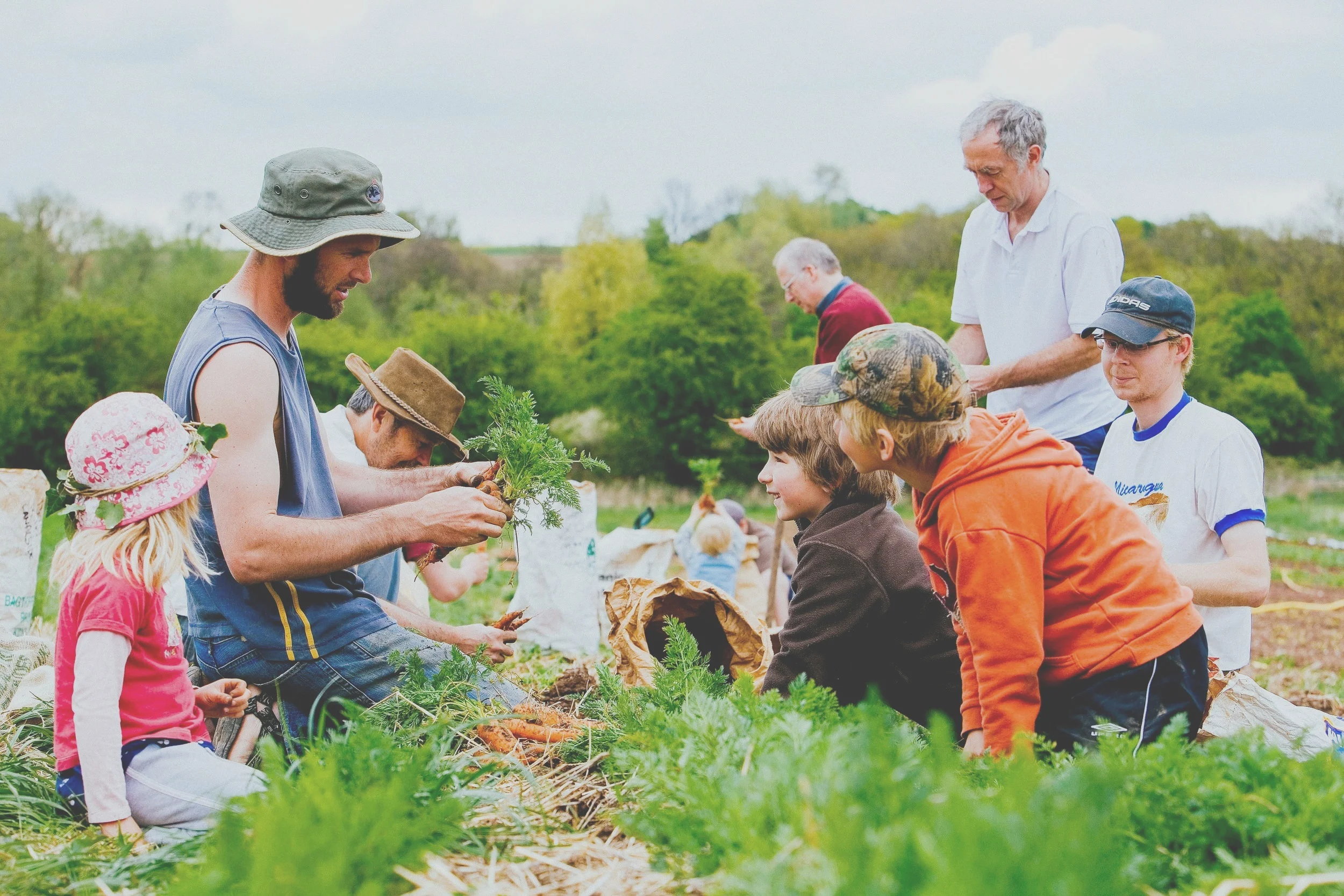Written by Colin Tudge, Real Farming Trust, who calls for an Agrarian Renaissance.
Almost a billion people go to bed hungry; more than a billion eat too much of the wrong things (the world population of diet-related diabetics far exceeds the total population of the United States); everywhere there is unrest; we’re in the throes of a mass extinction; and climate change threatens to make nonsense of all our aspirations. Everybody knows all this (don’t they?) although many feel there’s nothing they can do about it and many alas in high places are in denial – or at least, if they do acknowledge the facts, they assure us that they are on the case, and we should put our trust in their good offices.
And yet: if only we, humanity, did simple things well, then even at this late hour, much of the pending disaster could be averted. Right now, as Pope Francis, several archbishops, a great many scientists, and writers and activists of all kinds line up to warn us, we are heading for Armageddon – perhaps in 30 years or less; certainly, within the lifetimes of our grandchildren. Yet we could and should be looking forward, with reasonable optimism, to at least another million years on this Earth, and our far distant descendants could be living far more contentedly than most of us do now, with real, personal fulfilment, and in harmony with the creatures that we are now destroying. The difference between what is, and what could be, is that stark.
To make the necessary changes, however, we need truly to be radical; to get right down to the roots of the world’s problems and, in effect, start again. We need transformation; metamorphosis; metanoia – nothing short of Renaissance, meaning re-birth, at least as deep-rooted and far-reaching as the “Italian” Renaissance that began in the 15th century and (more or less) brought the European Middle Ages to a close.
The key, though, to all the world’s problems, human and inhuman, lies with agriculture; and so too therefore does the key to their solution. Agriculture is, very obviously, by far the greatest source of human food: 99 per cent of us would not be here without it. Less obviously, it is also the world’s biggest employer – by far. It occupies a third of all land – including most of the world’s most fertile land. Other terrestrial creatures have mostly been pushed to the margins. But in its modern industrial form agriculture is also the greatest of all polluters of the land, the oceans, and the atmosphere – source of a hundred toxins, and a major and critical contributor to global warming. It destroys soils (a third of all land is now degraded according to the FAO); it is the main drain (by far) on the world’s fresh water. Taken all in all, “modern” high-tech farming is very obviously the prime cause of mass extinction. Indeed, unless we develop wildlife-friendly farming then the cause of wildlife conservation is more or less dead in the water, or at least severely holed below the water-line.
In short, the grand Renaissance, the great re-think that the world now needs, should begin with an Agrarian Renaissance: a complete re-think and re-structuring of the world’s farming – together with a new, complementary food culture. One more thing: the Italian Renaissance was driven by bankers and led by artists and intellectuals but the Renaissance we need now, beginning with the Agrarian Renaissance, must be driven by us: people at large. It must be a giant exercise in democracy.
The task may seem daunting – not least because the world’s food network seems sewn up: every stage from plant breeding and seed production through the agrochemical industry to processing and retail is controlled by a handful of corporates, all supported by big governments like those of Britain and the US for whom the corporates are their natural partners.
Yet there is serendipity. Most (by far) of the world’s farmers are still small-scale and craft-based (artisanal); many millions of people worldwide and many thousands (literally) of non-government organizations (NGOs) are working on projects that are leading the world in the right directions; and various communities in Britain and the world at large are acquiring farmland or at least the use of it and are beginning to do things differently. Indeed, despite appearances, the giant, globalized, integrated food and farming industry may be the most amenable or vulnerable of all to a people’s takeover.
So what’s gone wrong and what do we need to do?
What we have and what we need
The kind of agriculture that is now promoted by the nexus of big governments, big finance, and corporates, with their chosen expert and intellectual advisers, is anomalously called “conventional”. This, though, is yet another example of language hi-jacked – for it should, rather, be called “Neoliberal-Industrial” or NI agriculture. It is driven, after all, by the (neoliberal) conceit that we, human beings, need above all to maximize wealth. Agriculture is now conceived as “a business like any other” (a chill phrase I first heard in the 1970s) and “business” these past few decades has been re-conceived not as the natural underpinning of democratic society as it was at its best until the 1970s but simply as another way of making money – for personal enrichment and to contribute to GDP.
The way to maximize wealth, so the neoliberal doctrine has it, is to compete in the maximally-competitive global market with other enterprises of all kinds to maximize profit and grab the biggest market share. Profit in turn is maximized in three ways. First: by producing as much as possible. The more there is to sell, the greater the potential returns. Productionism still rules. Second: by cutting costs to the bone and then cutting a bit more. This generally means replacing labour with machines and industrial chemistry, although if all real costs are taken into account then labour emerges as a minor contributor, and machines and chemistry are cheaper only so long as oil is still available and is made affordable. The third route to profit is by “adding value” – which of course is good when it means turning grain into bread and pastries, or dead animals into highly nutritious delicacies, but it also means extravagant packaging and out-of-season strawberries and all the rest.
Indeed the whole industrial food chain is immensely profligate. Modern arable farming, which is the chief agricultural enterprise, is in effect an offshoot of the agrochemical industry -- the agrochemical industry al fresco. Modern livestock farming especially in vast modern CAFOs (“concentrated animal feeding operations”) is an offshoot of arable farming -- designed, primarily, not to meet (spurious) public need or “demand” in the spirit of democracy, but to mop up arable surpluses. Supermarkets in general sell only the prime cuts, and what cannot reasonably be made into sausages and pies (and a lot that can), the rest supports the petfood industry. The profligacy is not an accident. The food chain is designed to be profligate. It is more profitable that way.
At the same time, FAO tells us that at least a third of all food is simply wasted. In the poor world, a third is lost to pests and predators in the field or in storage. In the rich world, a third is thrown away after it has reached the kitchen. In addition – and worse! -- about half the world’s cereal and most of the soya is grown for and fed to livestock. Yet all the world’s greatest cuisines, like those of Italy and China, use meat sparingly. We could produce enough to support the world’s best cooking just by feeding animals on pasture and/or swill, as is of course traditional.
Enlightened Agriculture
What we really need, in absolute contrast to all of the above, is what I for the past 15 years or so have been calling Enlightened Agriculture, also known as Real Farming as in the Oxford Real Farming Conference – and our new College for Real Farming and Food Culture, of which more on that later.
Behind Enlightened Agriculture lies the big idea that if we really want to solve the world’s problems, and establish the Renaissance on firm foundations, then in everything we do must be guided by the principles of –
Morality, which tells us what it is right to do; and of
Ecology, which aspires to tell us what it is necessary and possible to do.
These two – Morality and Ecology – must provide the guidelines. They alone deserve to be called principles. “Political principles” are just ideologies, which is not the same thing at all.
Many, though, suggest that a universal morality is not possible. Different individuals and different societies set their own standards. True – but contrary to the fashionable, post-modern belief, some moral codes are better than others. Thus, moral codes in practice have been set since the beginning of history mainly by religions; and although the different religions differ in their trappings, liturgies, and customs, the moral codes that lie at their heart are all remarkably similar – in essence almost identical. All in particular emphasise the core virtues of –
Compassion
Humility
Reverence for Nature
These, then, are the guidelines of Enlightened Agriculture – which is informally but adequately defined as:
“Agriculture that is expressly designed to provide everyone, everywhere, with food of the highest quality, both nutritionally and gastronomically, without cruelty or injustice and without wrecking the rest of the world”.
Despite present appearances, and despite a sequence of somewhat panicky reports from governments and commerce, this should be eminently possible. But we can do what needs doing only if we farm as if we really intended to provide good food for everyone – as opposed to becoming rich and powerful – and if we treat nature with true respect, and not, as now, as raw material, to be turned into commodities, to be sold on the global market.
In practice, although the term “Enlightened Agriculture” is novel, it is based on four ideas – moral and ecological -- that are now becoming well established. They are:
Agroecology
Food Sovereignty
Green Economic Democracy
Respect for Traditional Knowledge
All are the precise opposite of the Neoliberal-Industrial approaches that now receive such zealous support from the government-corporate oligarchy. Thus:
Agroecology requires us to treat all farms as ecosystems – diverse, low-input, synergistic, and cyclic. Accordingly, agroecological farms in general aspire to be mixed and organic; they are therefore complex; therefore they must be skills-intensive – plenty of farmers; and therefore in general they tend to be small to medium-sized.
But NI agriculture depends on machines and industrial chemistry with minimum to zero labour – and machines prefer simplicity, so complexity gives way to monoculture; and machinery is most economical when it is big. Big machines need big fields to operate in so NI farms are as big as possible. Farmers these days are encouraged to swallow up the farms next door.
Food Sovereignty is the idea that all societies should be in charge of their own food supply. This again pushes us towards the small-to-medium sized mixed farm that is designed primarily to serve local communities and, is ideally, community owned: or to towards cooperatives of such farms.
Again in starkest contrast, NI agriculture is designed not only to maximize wealth but also to concentrate wealth – into the hands of an irreducibly small coterie of corporates and financiers which governments like ours, faute de mieux, depend upon. This is the precise antithesis of food sovereignty.
Green Economic Democracy among other things requires a “tripartite mixed economy”: a synergy of public, private, and – the one that has been too little emphasized – community ownership, especially of land. The whole is designed to operate for the wellbeing of society and the biosphere as a whole. Again, that is not the prime motivation of the neoliberal economy.
Respect for Traditional Knowledge means just that. It is absurd to suppose that the latest wheeze dreamed up in some think tank or commercial laboratory is always innately superior to and must replace the crafts and wisdom evolved by billions of farmers in millions of locations over thousands of years. It is absurd – yet seems to be the assumption nonetheless.
But could agroecological, small to medium-sized, mixed, low-input (organic) farms really support the present population and the 10 billion who will be with us by the end of the century? Of course. Study after study has shown that small units, preferably mixed and of course well run, are more productive per unit area than all but the most intensive high-tech kinds – and of course are far less damaging and profligate and indeed are sustainable, which the high-tech industrial kind emphatically are not.
The powers-that-be, however, though they speak in endless reports and rhetoric of the need for change, seek in essence to perpetuate the status quo: high-tech designed to maximize and concentrate wealth, controlled by an elite. It won’t do. We have to take matters into our own hands. In Six Steps Back to the Land I try to show how people at large can get stuck in to farming; in Why Genes Are Not Selfish and People Are Nice, I sketch in some of the main ideas behind the Renaissance; and in our new College for Real Farming and Food Culture (http://collegeforrealfarming.org/ – though the website is now being re-constructed (May 2019) we are seeking to develop and promulgate the necessary ideas and to translate them into action. Our efforts are only part of what is rapidly becoming a global movement. Here and there in a thousand different ways the Agrarian Renaissance is already happening. All it needs now is a little more collaboration. Please do join in!
Author: Colin Tudge
Colin Tudge is a biologist by education, a writer by trade, and co-founder of the Oxford Real Farming Conference and the College for Real Farming and Food Culture.


































